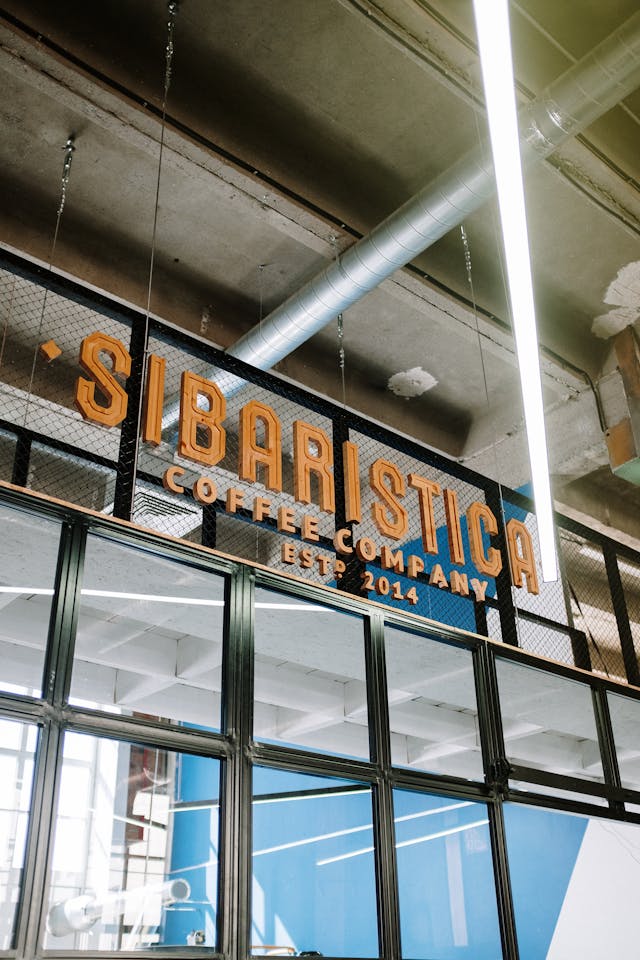From Rejection to Protection: Your Definitive Trademark-Safe Naming Strategy Guide
Your guide for From Rejection to Protection: A Trademark-Safe Naming Strategy.

Imagine spending months, perhaps even years, nurturing a brilliant business idea. You've poured your heart and soul into product development, branding, and marketing. Then, just as you're ready to launch, you receive the devastating news: your meticulously chosen brand name has been rejected due to a trademark conflict. Or, even worse, after investing heavily in your brand, you discover a competitor already owns rights to a similar name, forcing a costly rebrand.
This isn't a hypothetical nightmare; it's a stark reality for countless entrepreneurs. Studies show that a significant percentage of trademark applications face initial rejection, often due to a lack of proper prior art searching or a misunderstanding of distinctiveness requirements. The financial and emotional toll of a naming misstep can be immense, costing businesses not just legal fees and reprinting costs, but also invaluable brand equity and market momentum. This guide will walk you through a proactive, positive framework for picking a brand name that not only resonates with your audience but also sails smoothly through legal review, ensuring your brand is protected from day one. You’ll learn how to navigate the complexities of brand protection, leverage data-driven insights, and utilize powerful tools to craft a name that is both compelling and legally defensible.
Ready to turn potential rejection into guaranteed protection? Create your own breakthrough name.
The Psychology Behind Successful Names
A name isn't just a label; it's the linguistic cornerstone of your brand identity. It’s the first impression, the mnemonic hook, and often, the silent ambassador of your mission. Understanding the psychological principles that make a name effective is crucial for long-term brand success and, crucially, for its legal defensibility. A strong name isn't just memorable; it's often inherently more distinct and less likely to infringe.
Cognitive Fluency and Memorability: Humans are wired to prefer things that are easy to process. This cognitive fluency is paramount for brand names. Names that are easy to pronounce, spell, and recall create a frictionless experience for the consumer. Research indicates that simpler, more phonetically balanced names lead to higher brand recall rates. For instance, brands with names that trigger positive associations or are easily visualized tend to stick in the consumer's mind longer.
| Naming Attribute | Impact on Recall | Impact on Recognition | Trademarkability Factor |
|---|---|---|---|
| Pronounceability | High | High | Medium |
| Simplicity | High | High | Medium |
| Distinctiveness | Medium | High | High |
| Meaningfulness | High | Medium | Low to Medium |
| Visual Appeal | Medium | Medium | Low |
Brandability and Emotional Resonance: A great name evokes emotion and connects with your target audience on a deeper level. It should convey your brand's essence, values, and unique selling proposition without being overly descriptive. Names that resonate emotionally are often more shareable and foster stronger brand loyalty. This emotional connection often stems from metaphor, story, or a unique sound.
The Power of Distinctiveness: From a legal standpoint, distinctiveness is king. Trademark law protects marks that are inherently distinctive or have acquired distinctiveness through use. Generic or merely descriptive names offer little to no protection, making them highly susceptible to rejection and difficult to defend against infringement. Understanding the spectrum of distinctiveness – from arbitrary/fanciful (strongest) to generic (weakest) – is fundamental to a trademark-safe naming strategy. NameBot's proprietary algorithms analyze phonetic similarities and conceptual overlaps to help you gauge distinctiveness early on.
Proven Naming Strategies
Developing a truly original and trademark-safe name requires a strategic approach. Here are several proven naming strategies that balance creativity with legal viability, along with real-world examples and how NameBot can help you explore them:
1. Coined/Fanciful Names: These are completely invented words with no prior meaning. They are inherently distinctive and offer the strongest trademark protection. Think of Kodak, Xerox, or Google. While highly protectable, they require significant marketing investment to build meaning. NameBot can generate countless unique phonetic combinations that are ripe for coining.
2. Arbitrary Names: These are existing words used in a new, unrelated context. For example, Apple for computers or Amazon for an online marketplace. Like coined names, they are highly distinctive and offer strong protection. The challenge lies in finding an existing word that is memorable and doesn't create confusing associations. NameBot's contextual search can help uncover arbitrary options that resonate with your brand's vibe.
3. Suggestive Names: These names hint at a product's function, benefit, or quality without explicitly describing it. Examples include Netflix (suggests internet flicks), Pinterest (suggests pinning interests), or Microsoft (suggests software for microcomputers). They strike a balance between memorability and distinctiveness, offering good protection if not overly descriptive. NameBot's semantic analysis tools can identify related concepts and generate suggestive wordplay.
4. Compound Names: These names combine two or more existing words to create a new, often evocative meaning. Think Facebook, Snapchat, or Salesforce. They can be highly descriptive yet distinctive if the combination is unique. The key is to avoid combinations that are too common or generic. NameBot's compounding engine can rapidly combine relevant keywords into novel concepts.
5. Metaphorical/Mythological Names: These names draw on metaphors, mythology, or literature to evoke a desired feeling or association. Nike (Greek goddess of victory) or Starbucks (from Moby Dick) are prime examples. They offer rich brand storytelling potential and can be highly distinctive. NameBot includes a vast lexicon of mythological and metaphorical terms for exploration.
| Naming Strategy | Distinctiveness Level | Marketing Effort (Initial) | Trademark Risk (Initial) | Avg. Funding Raised (Hypothetical) | Domain Cost Range (Hypothetical) |
|---|---|---|---|---|---|
| Coined/Fanciful | Very High | High | Very Low | $50M+ | $500 - $10,000+ |
| Arbitrary | High | Medium | Low | $30M+ | $1,000 - $50,000+ |
| Suggestive | Medium to High | Medium | Medium | $15M+ | $100 - $5,000 |
| Compound | Medium | Medium | Medium | $10M+ | $50 - $2,000 |
| Metaphorical/Myth. | High | Medium | Low | $20M+ | $200 - $10,000 |
Using NameBot, you can generate and analyze your name against these strategies, receiving real-time feedback on distinctiveness and potential conflicts.
Common Naming Mistakes to Avoid
While creativity is vital, certain pitfalls can derail your naming efforts and lead to costly rejections or legal battles. Avoiding these common mistakes is as crucial as adopting effective strategies:
- The Geographic Trap: Naming your business
관련 게시물



